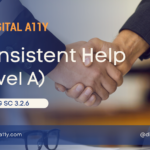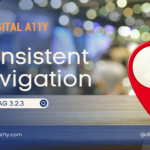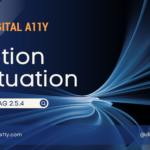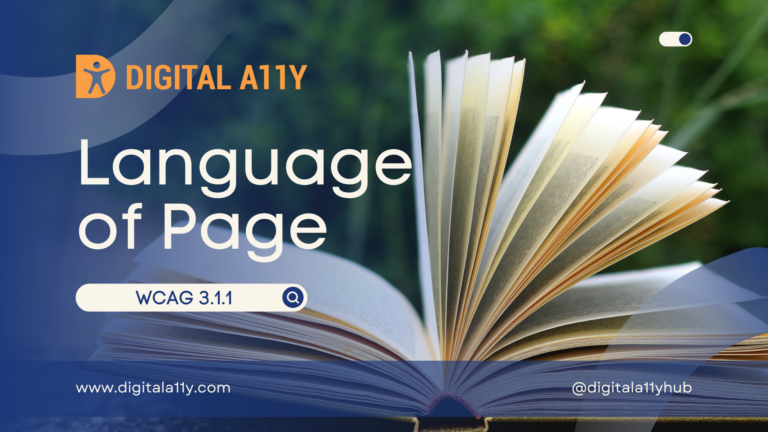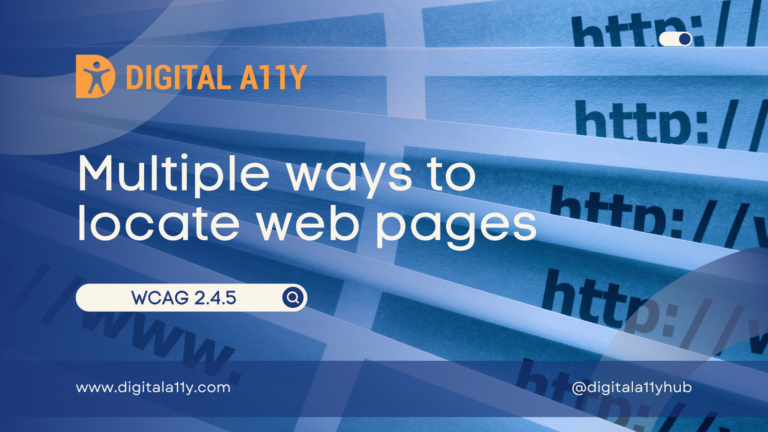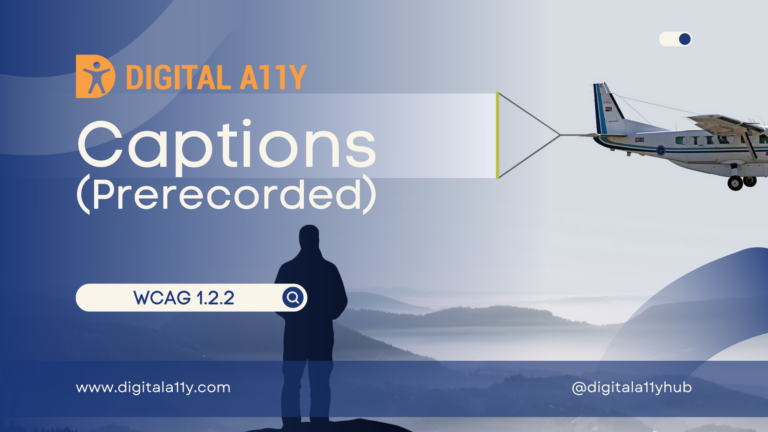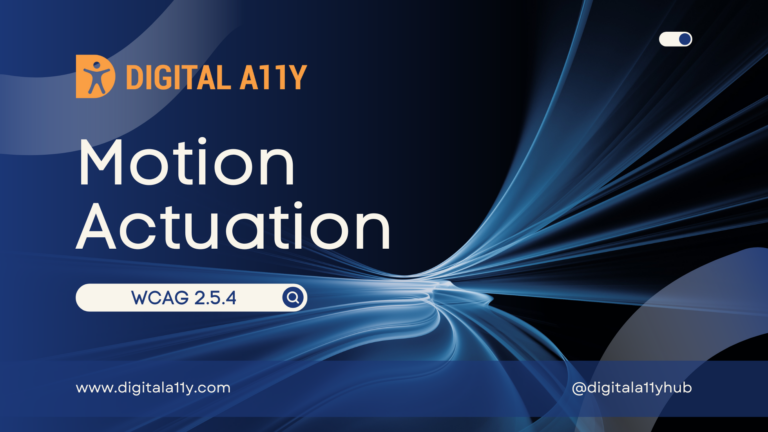Understanding WCAG SC 2.5.1 Pointer Gestures

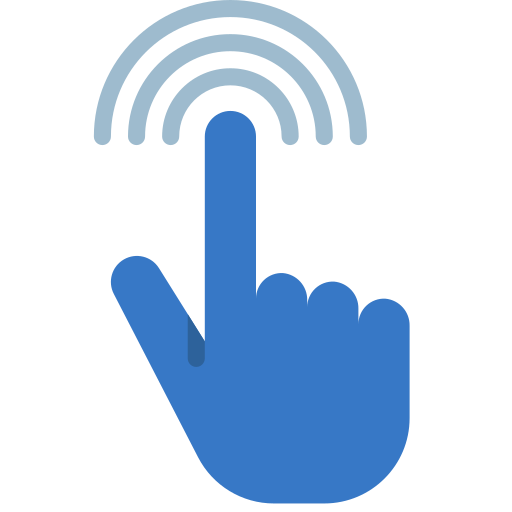
All functionality that uses multipoint or path-based gestures for operation can be operated with a single pointer without a path-based gesture, unless a multipoint or path-based gesture is essential.
This requirement applies to web content that interprets pointer actions (i.e. this does not apply to actions that are required to operate the user agent or assistive technology).
Modern design patterns and UI controls are exploring more ways to make the user interaction to be more fun and lively. With the touch interface at hand, there is more room to invent UI controls that require multi-pointer and/or path based gestures to interact with the controls/contents/widgets. A carousel on a touch interface that requires users to use two finger swipe right or two fingers swipe left to move the slides is an example. This seems cool on the surface. But this is a difficult method for many pointing devices such as a head movement tracking device, eye-gazing technology or a speech input mechanism.
This success criterion intends to recommend more than one method to control the contents in case of a multi-pointer or a path based gesture. A path based gesture involves user interaction where not only the end-points matter but the medium paths that are close to the start point or the end points too. For example, imagine a map with pinch to zoom feature. Now, if the user wants to zoom a particular hotspot in a map where pinch to zoom is the only way, how would people with limited motor abilities, or users who use adaptive devices like speech control be able to perform this function? The answer to this question is to have a single pointer action that is an alternative. This includes single click, double click, single tap or double tap on a touch device.
Note that this criterion does not discourage the use of multi-pointer or path based gesture. All that it asks for is to have a range of input mechanisms other than such gestures.
Benefits
- Users with limited motor abilities would benefit with single pointer actions
- Users with limited cognitive abilities who cannot understand complex gestures and multi-pointer actions would benefit with alternatives when they are well-informed of them
- Users who use assistive technology such as screen readers may not be able to perform complex gestures as they may conflict with AT’s gestures.
Examples of alternatives
- A carousel with thumbnails that are operable or a previous/next buttons to move between the slides
- A form with a checkbox to declare/confirm one’s identity instead of a signature alone.
